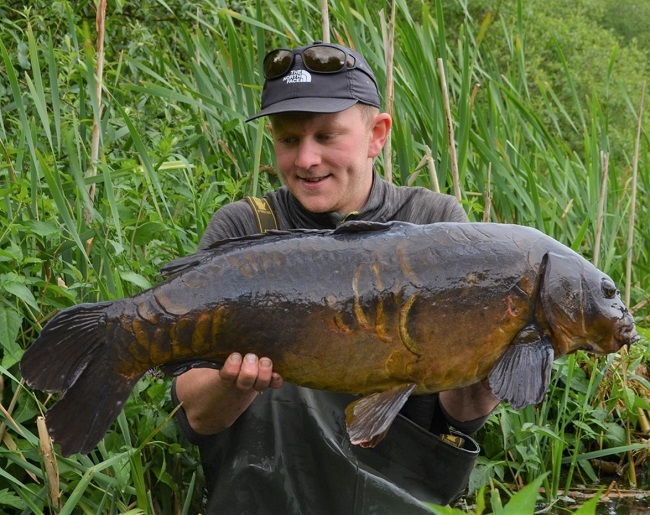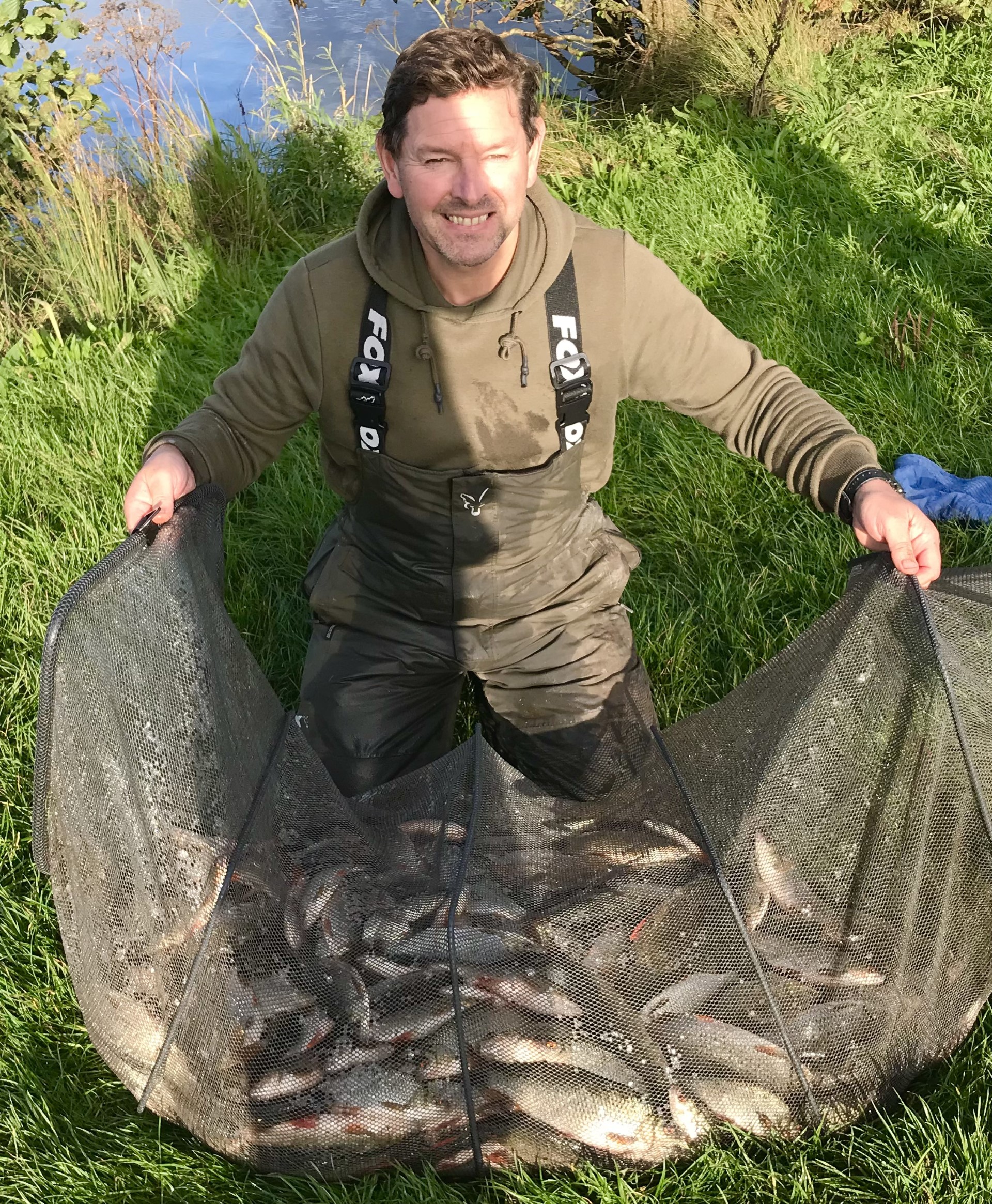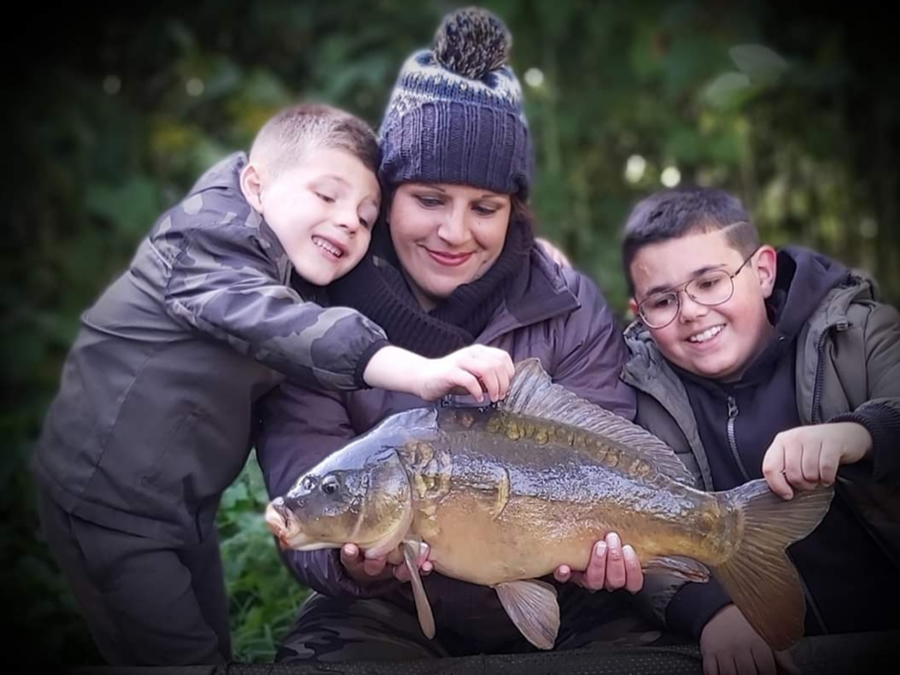Invasive Non-Native Species
Invasive Non-Native Species (INNS) is the term used to reflect a group of invaders that can do massive damage. Individually and collectively, they can ravage fish stocks, outcompete and dominate native species of plant and animal life and, from an angling perspective, ruin fishing locations served by still or moving water.
Over 2,000 plants and animals have been brought into Britain, but not all are ‘invasive’. In general terms, 10/15% establish themselves in a manner that causes harm to our native wildlife – including the fish present in our rivers, streams and stillwaters.
These can be spread by a number of means from intentional introductions through to accidental spread when a species becomes attached to recreational equipment, tools or clothing. Angling represents a potential route for invasive species to spread between water bodies. It is therefore important we do what we can to stop the spread of species and minimise their impact.
Prevention
Check, Clean Dry
Simple measures every angler can undertake to stop the spread of invasive species:
Invasive species can be spread between water bodies in a variety of ways. One of these includes anglers accidentally carrying these species from one site to another on their clothing and fishing gear.
The Check, Clean, Dry campaign provides guidance to anglers and other water users. It reflects an effective approach to the maintenance of equipment to ensure the removal of unwanted organisms and diseases.
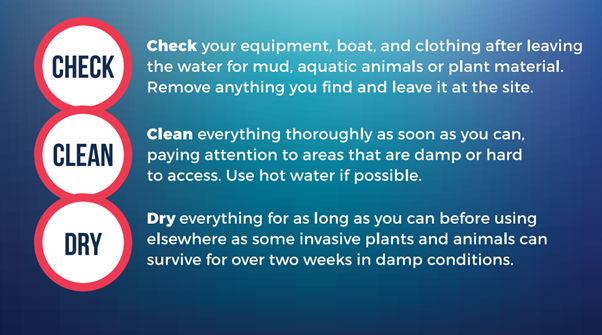
The Angling Trust urges all anglers to adopt measures to reduce the risk of spreading invasive species between waters. After fishing always follow these guidelines.
The Check, Clean, Dry process should be undertaken after every trip; even if kit appears clean. Invasive species can be hard to spot with the naked eye and it’s the same for fish diseases too. Carp anglers know the importance of biosecurity to stop the spread of KHV, salmon anglers will know the importance of avoiding the spread of salmon fluke Gyrodactylus salaris.
If drying out is not a viable option, consider one set of kit for a favourite water and another for travelling to waters fished less often. Disinfecting kit is an option. You should use the solutions recommended by the manufacturer.
Promote Check, Clean Dry to Members, Guests & Visitors
Check, Clean Dry aluminium signs are freely available for coarse, game and marine anglers. Contact admin@anglingtrust.net for more information on how to order.
Check, Clean, Dry posters and other resources are available to download for notice boards for all disciplines. These are available in English and Welsh.
Gardeners Beware!
A further major route for invasive species to enter the wild is through species escaping from nearby gardens, or unwanted plant material being dumped into our waterways. The Be Plantwise campaign aims to increase awareness amongst gardeners, pond owners and retailers of the impact of aquatic plants. It also provides information on how to dispose of these plants correctly. The Angling Trust assisted in the design of this scheme and supports the best practice outlined in the campaign. Individuals looking to make plantings are also encouraged to check the names of plant species before introducing any into waters.
Biosecurity Plan
Creating a biosecurity plan for your club or fishery helps to identify the ways an invasive species or disease could arrive onto your site, and what steps could put in place to reduce the chances of it happening. The downloadable templates below reflect guidance for specific waters.



Identification & Reporting
Identification
It is important to be aware of what invasive species you have on your site, so that you can work out the best way to control them. Free ID guides are available for a wide range of invasive species. The Angling Trust has also made a series of videos on how to identify certain invasive species. Click below to view our dedicated YouTube page.

Reporting
If you come across an invasive species, inform the club and the landowner. It is also important that when found, you report sightings of invasive species in support of the national collection of accurate locational data. In doing so, you’ll be assisting INNS management programmes.
The following tools are free to use..
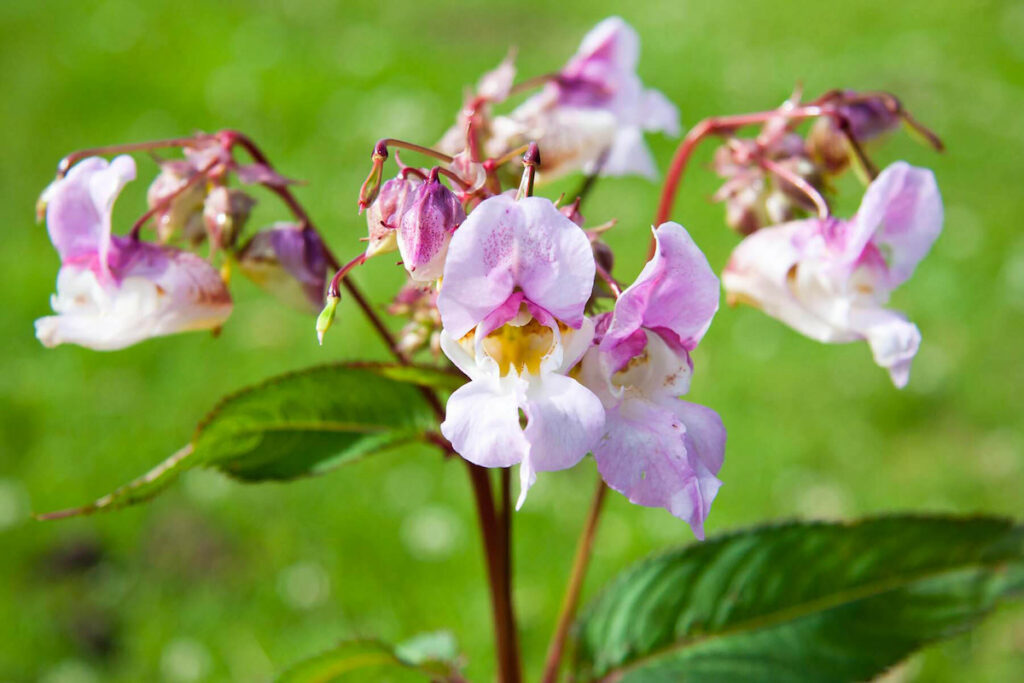
INNS Mapper is an app and website that can be used as a reporting tool for sightings in England, Wales and Scotland. Click the image to open the INNS Mapper website in a new page for more information.

If an identified species is not found on INNS Mapper, the same information can be supplied to iRecord. Click the image to open the iRecord website in a new page for more information.
Our Fisheries Support Officers can help to identify invasive species on your site.
Management
Once an invasive species has become established, it can be difficult to completely remove this species from a waterway. However, there are methods available to control the species to minimise its impact so considering where you are within a river catchment is important.
If you are a stillwater without an inflow/outflow to a water course, then management may be more straightforward. However, if the still water is linked to the floodplain, or if you lease a river stretch then you may want to consider whether there are populations that may be further upstream. To be the most effective, management should start at the upper most point to stop it reinvading spots downstream. This can be achieved through collaborative working with other partners in your area such as river trusts, wildlife trusts and other local action groups.
Floating Pennywort
The Angling Trust is part of the national GB Floating Pennywort Strategy which aims to coordinate resources to effectively manage floating pennywort. This includes support from government, canal and river trust, water companies, inland drainage boards and several recreational national governing bodies.
We have created a series of guides to provide to support to clubs and fisheries seeking to manage Floating Pennywort.
Factors to consider before undertaking management
How to recruit volunteers
Managing floating pennywort in flowing waters
Managing floating pennywort in still waters
Health and safety risk assessment
What to do after a removal event
Checklist to organise an event
Crayfish
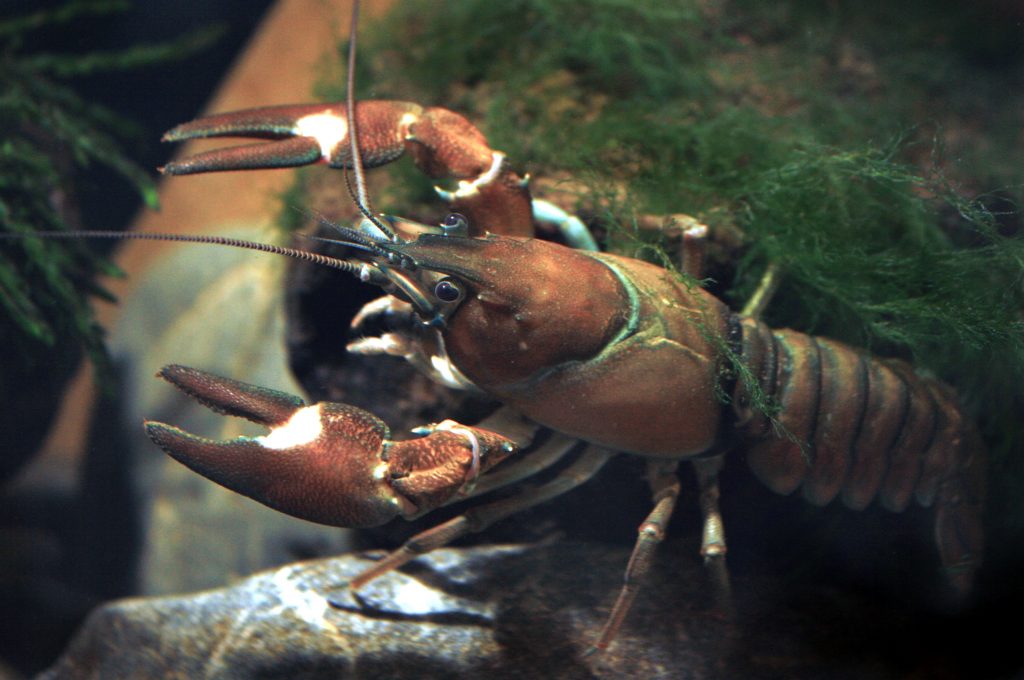
In 2019, the law on Signal crayfish in England changed to restrict activities around the keeping, release, transportation and selling of live Signals unless in accordance with a licence. The Angling Trust has produced a guide to outline trapping and the licences you need. Click on the image to download the guide.
Policy & Regulation
Invasive Alien Species Order
The Invasive Alien Species Regulation (1143/2014) came into force in 2015. This regulation focuses around actions that need to implemented by governments to reduce the spread of invasive species, improve early detection and rapid eradication and strengthen long term management. When the UK left the EU we retained this regulation across to become the ‘Invasive Alien Species Order’.
Within this, a list of high-risk invasive species called ‘Species of Special Concern’ has been created and continues to be reviews. Species on this list are subject to a series of restrictions including being banned from sale, breeding, and knowingly allowing to spread.
As well as managing species, there is a need to reduce the risk of spread of invasive species via pathways which are the routes through which invasive species are intentionally or accidentally moved between areas. Management of these pathways will tackle all of the invasive species spread via that route. Angling has been identified as a potential pathway.
The Angling Trust chaired the development of a GB Angling Pathway Action Plan. Alongside other partners, we use this plan to help protect fish and fishing from invasive species.
Keeping Invasive Fish Regulation
It is an offence to introduce and keep, controlled non-native fish or shellfish without a licence. More information here.
Wildlife Countryside Act
Further species are listed under the WCA 1981 under Section 14.
